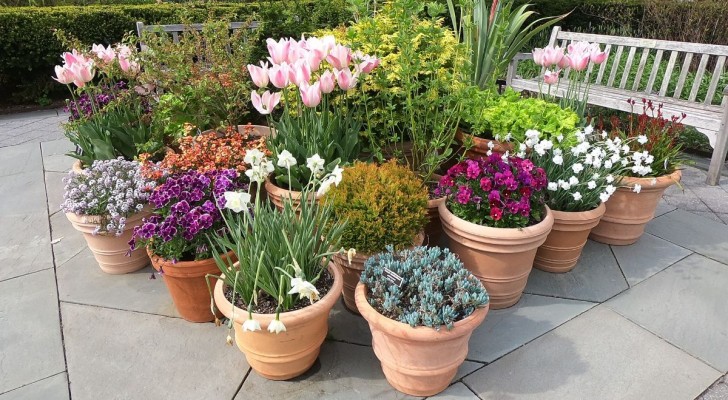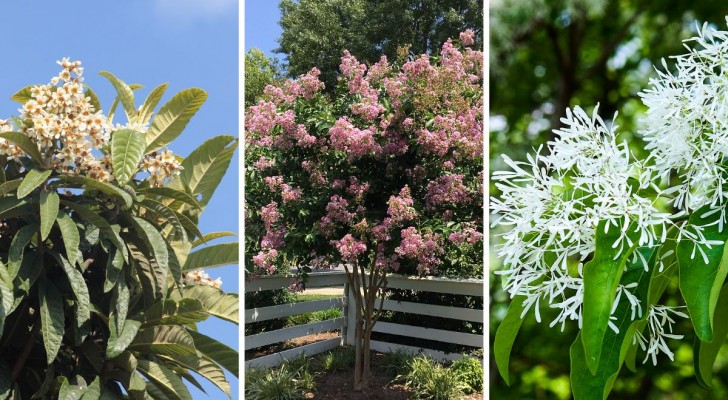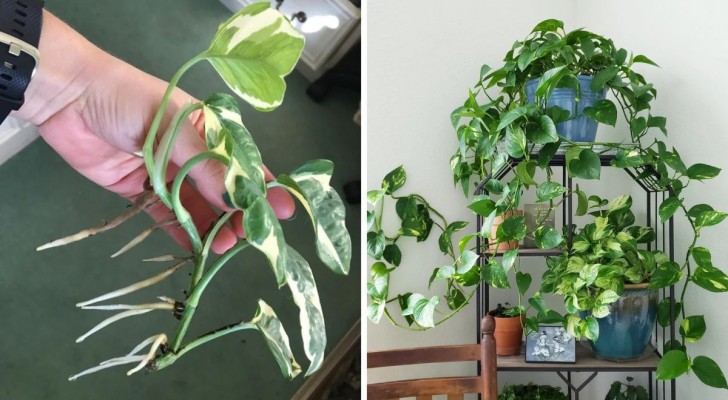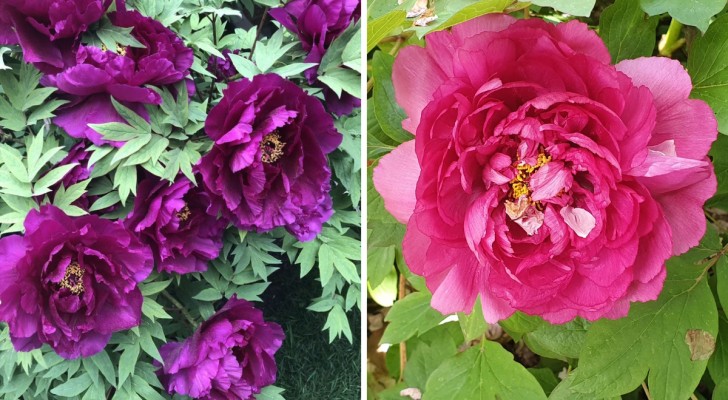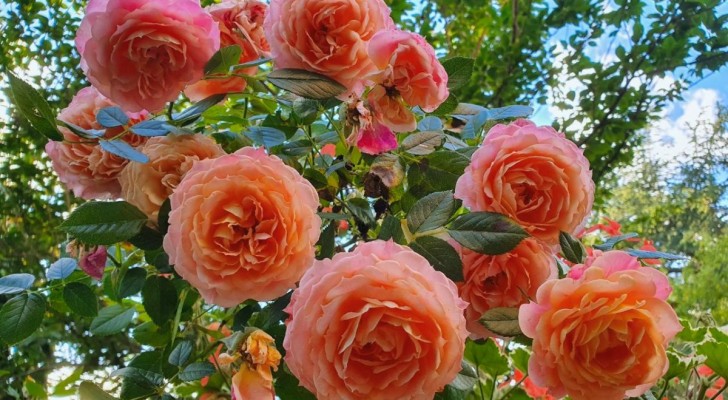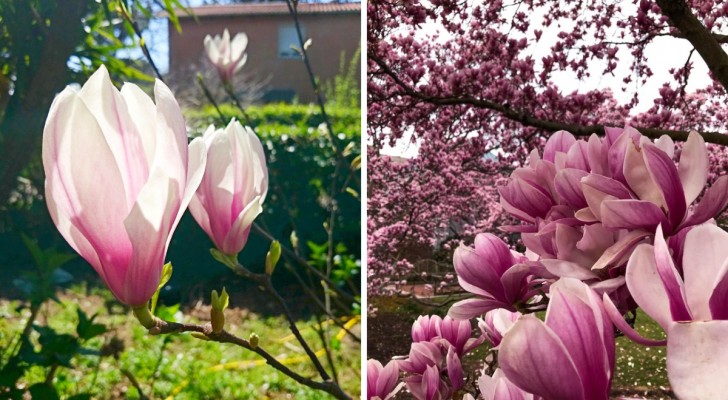Useful tips to remember when watering orchids
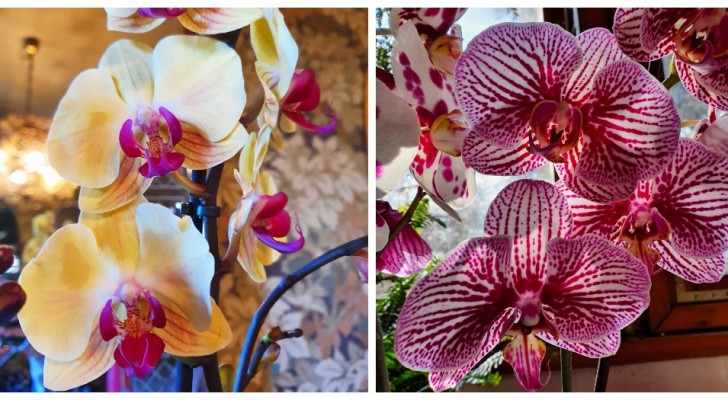
Advertisement
For any plant, including orchids, understanding the right frequency and degree of watering needed is essential to ensure their well-being. Often, in fact, at the origin of the common problems of many plants that we grow at home is a confusion about whether to water them frequently or not and/or how much water to give them.
For orchids in particular, the species we most often have at home are Phalaenopsis and Cymbidiums, and these have mostly the same irrigation needs as the other types of orchids on the market - some of which may be more demanding in terms of their cultivation techniques. Here are some useful, universal orchid watering tips:
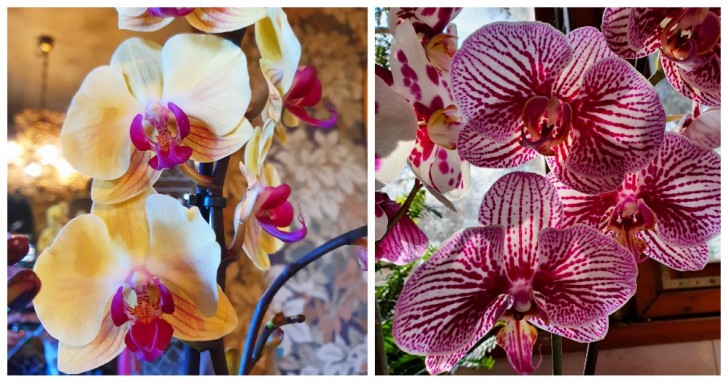
Creativo
- There is no precise, cover-all rule: obviously, from house to house the average temperature (depending on the season) and the humidity of the environment in which the plants are grown varies and this certainly affects them.
- A valid rule-of-thumb, however, is to check the condition of the substrate in which they are planted, and to give them water when it is dry. So, when even at 5 or 7 cm deep (2 to 3 inches), there is no longer any trace of moisture, it is time to water the plant.
- To water the substrate, which in most cases is made up of tree bark, it must be saturated with water when this is done. To do this watering properly, take the pots, put them in a basin (or in the sink, shower/bath tub) and flood the base of the plant, with water at room temperature (you can fill a watering can in advance, or use water that is not too hot or cold). Make sure the water does not touch/reach the leaves. Leave the pot immersed in the water for at least 15 minutes.
- Then drain off the excess water: empty the basin / tub, lift up the pot and let it drain off any excess water thoroughly. Although they love humidity, being in too much water can cause the plant to rot.
- To make the water drain off better, and if the pot is plastic, you can punch holes in the sides of it before you water the orchid (but be careful not to damage the roots when doing so).
- Perhaps you would like to try the ice cube trick if you are away for a few days when it is very hot and you are worried about your orchids? You can put 3-5 ice cubes on top of the soil, but without them touching the leaves or stem (and preferably not being in contact with the aerial roots either). Better still, if the cubes are placed around the far edges of the pots. However, it is better to water orchids abundantly as indicated above.
How often do you water your orchids?
Advertisement
